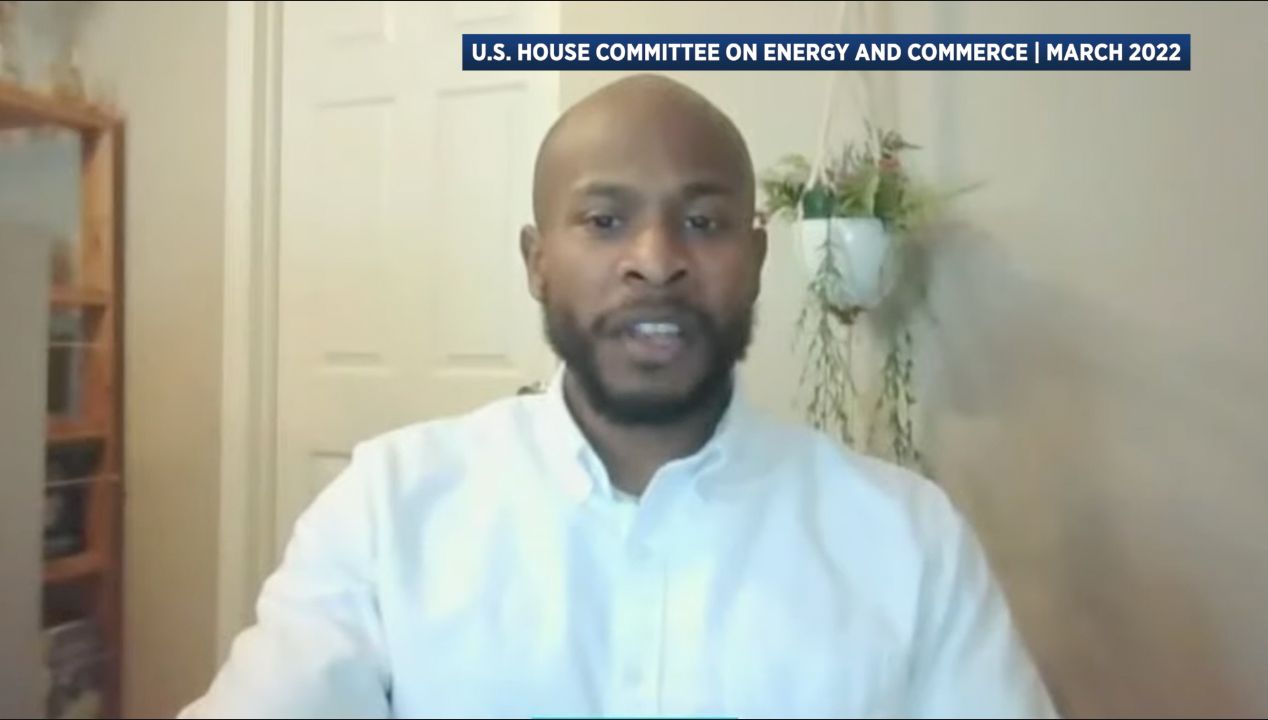WASHINGTON, D.C. — Richard Diaz, chair of the Coalition on Lead Emergency (COLE), said Milwaukee data shows poisoning from lead exposure is also a social justice issue.
“The areas [with high levels of lead exposure] are the same that faced housing discrimination,” Diaz said. “You know, neighborhoods that were redlined, boxed in, so you couldn't move from over there. You're not going to get a loan to move anywhere else in the city back in the 1930s, so, same areas.”
Diaz started advocacy work through the organization years ago providing water filters, information and other resources to families at the center of the city’s lead crisis. Their work also goes beyond family education.
“We're a volunteer base, grassroots effort,” Diaz said. “We’re also working to get folks jobs within the lead abatement field. And most importantly, trying to push policies that get lawmakers to act on the century-old pandemic epidemic of lead poisoning.”
The group also has a vested interest in the city’s efforts to remove lead pipes from homes.
“How can we can eliminate cost share for property owners that are getting their lead service line replaced?” Diaz said.
Five years ago, Milwaukee Water Works started abatement work targeting nearly 70,000 lead service lines.
“From not having replaced any lead service finds to now replacing approximately 1,000 a year, we feel like we've accomplished quite a bit and we've laid the groundwork within the utility to increase that replacement rate related to this new infrastructure structure funding,” Pat Pauly, administration manager and interim superintendent for Milwaukee Water Works said.
Pauly said one line’s replacement costs around $11,000. It’ll cost nearly $800 million to completely replace all lead lines.
“We're going to have to be creative and do things like getting Build Back Better passed, which has an additional $10 billion,” Diaz said. “We're going to have to pull together state and county dollars and city dollars so that we can eliminate cost share for those that need it most.”
Rep. Gwen Moore, D-Milwaukee has been pushing for more federal help since she was elected to Congress.
“At the rate at which [Milwaukee] is replacing lead laterals, it would take 70 years to replace them,” Congresswoman Moore said. “So, it has really made a big difference that we passed that Bipartisan Infrastructure Bill.”
The Bipartisan Infrastructure Law signed by President Joe Biden in November contains $15 billion over five years for lead service line replacement projects across the country through the Environmental Protection Agency’s (EPA) Drinking Water State Revolving Fund. $142 million from the bill will go to Wisconsin to address its lead pipe problems. Pauly said $48 million of that has been allocated for this budget year.
“We don't know what [Milwaukee’s] allocation of that will be,” Pauly said. “That’s why we're anxiously awaiting for the EPA and the Department of Natural Resources (DNR) to settle on some rules and guidance sometime later this year.”

Those rules have presented challenges for the city in utilizing a some federal funds for their efforts. Wisconsin’s DNR offers lower interest rates and principal forgiveness on some loans for lead line replacements through its Disadvantaged Communities Program. To access those resources, local governmental units must meet a median household income and population size criteria. The latter, disqualifies Milwaukee.
Diaz said he’s meeting with representatives from the DNR soon to discuss how limiting the current standard is.
“It's going to be on community groups like us to work with entities like the EPA and the DNR to be able to set that criteria that puts disadvantaged communities in disadvantaged families, you know, at the top of the line,” he said.
Pauly said despite not qualifying, Wisconsin’s DNR has been working with the city on access to to some of those benefits.
“Moving forward, our DNR is well aware of the situation with the definition of disadvantaged community and I know it's top of mind how best to allocate these resources to make sure that they are reaching the right communities,” he said.
If that doesn’t change, Milwaukee could be ineligible for even more federal funding. Biden has set aside more than $180 million for lead pipe replacement programs in his proposed federal budget for the EPA next year. In March, the EPA released an implementation memo for the additional money for lead abatement included in the Bipartisan Infrastructure Law, calling for increasing investment in disadvantaged communities and providing flexibility to meet local water needs.



